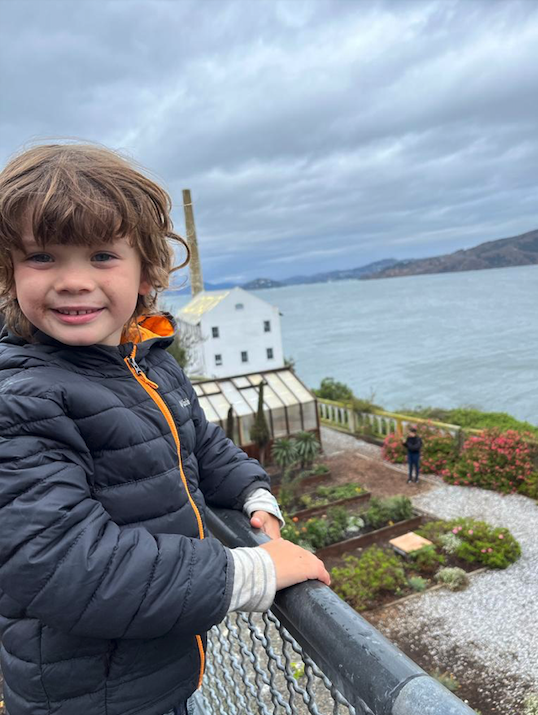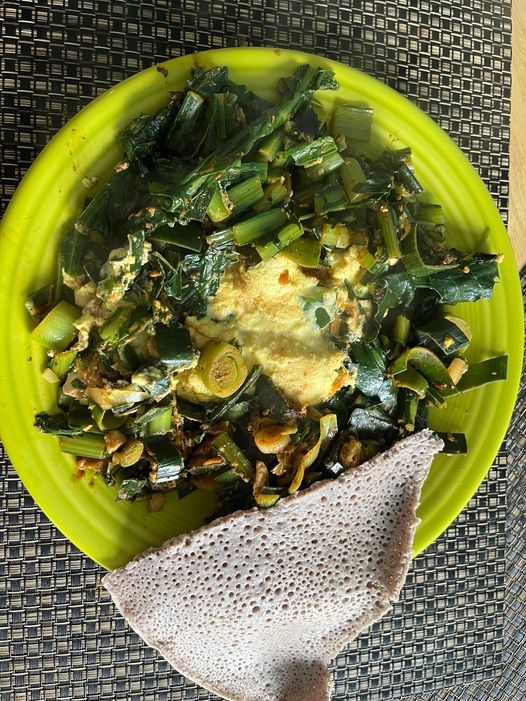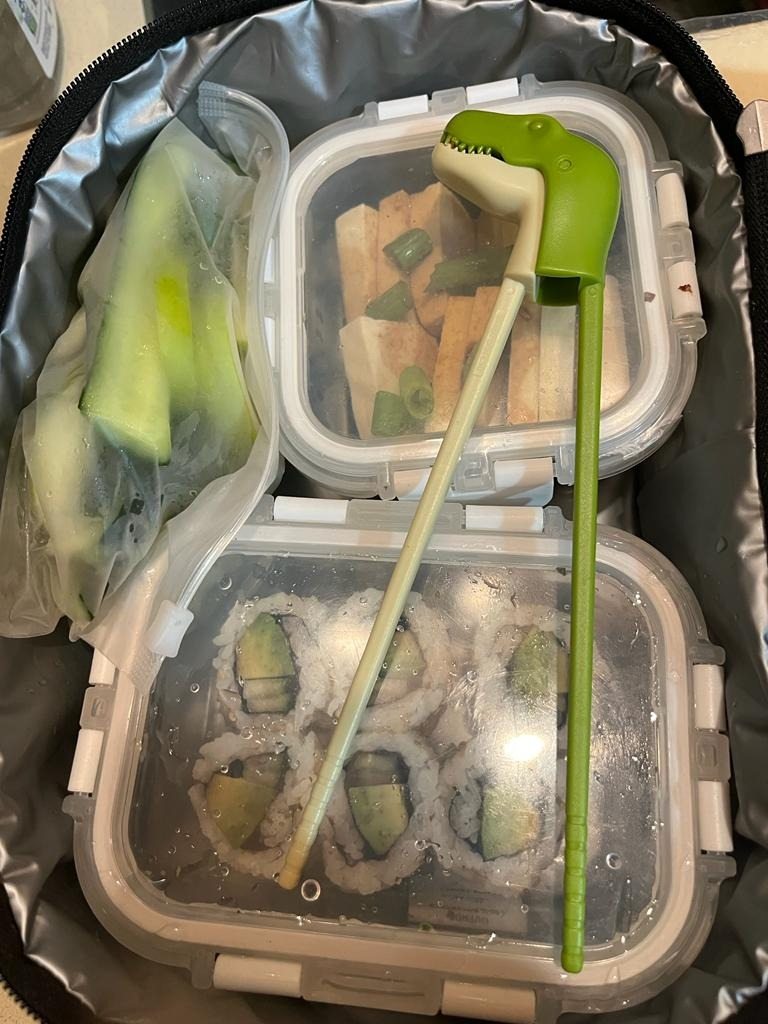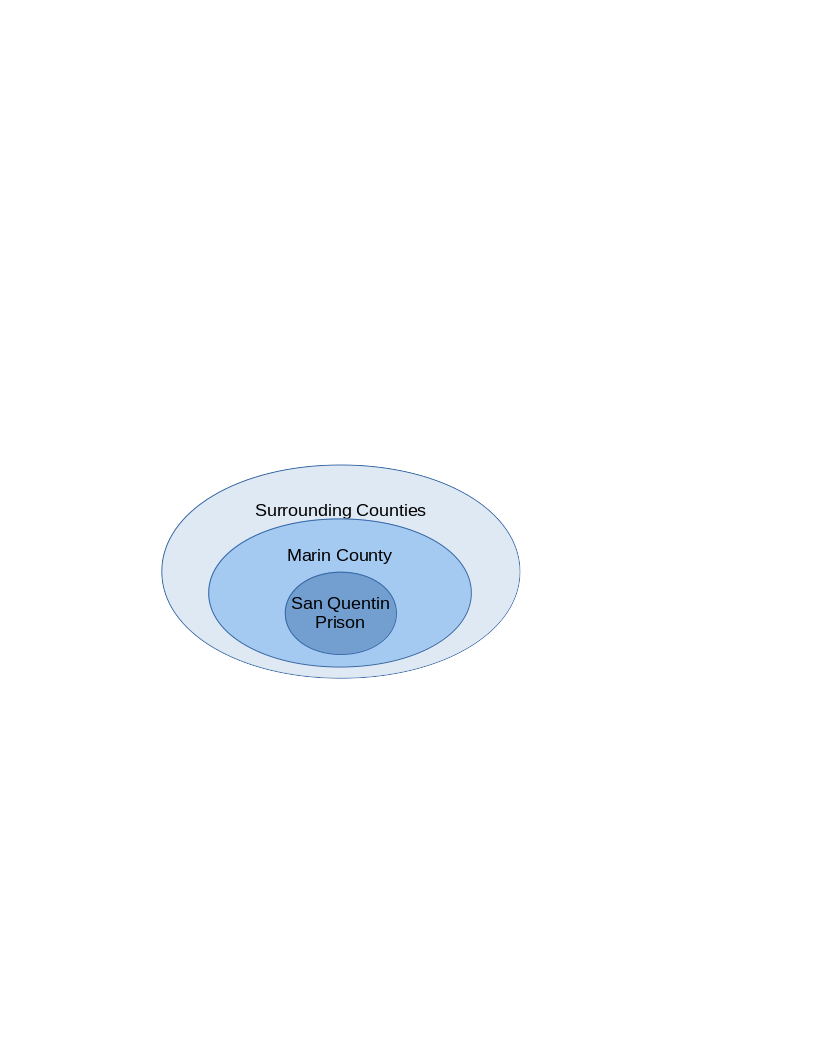Today we took our five-year-old son to visit Alcatraz. We had been talking about prisons for a while, and I’ve been telling him some of what we have been doing on COVID-19 in prisons, and we had the opportunity to make a family trip of it with a young relative who is visiting.
In the days before our trip I thought to myself – what a good dilemma to have, whether and how to expose my kid to the realities of incarceration. Many, many children nationwide (almost 200,000 in California alone) have no choice but to know all about the prison or jail experience, because a parent, a sibling, or another loved one is behind bars. I still remember the haunting opening scene from Brett Story’s film The Prison in Twelve Landscapes, in which we see mothers and young kids aboard a bus that drives all night to a remote prison. Megan Comfort’s book Doing Time Together tells the stories of the families, and Kay Levine and Volkan Topalli examine criminal trials attended by the defendants’ children as intergenerational punishment.
With my own fortunate son I’ve used two wonderful books, which do not sugarcoat the prison experience, but mediate it in age-appropriate ways. Matt de la Peña and Christian Robinson’s Milo Imagines the World tells the story of a young boy and his older sister as they ride the New York City Subway on their way to visit their incarcerated mother. It’s a very moving and empathetic book, offering empathy and connection. We have also read Emma Bland Smith and John Ely’s The Gardener of Alcatraz, which recounts the true story of Elliot Michener, who was incarcerated on The Rock in the 1950s. We also plan to read Mariame Kaba’s Missing Daddy and watch the special Sesame Street episode about children of incarcerated parents.
While we walked around the prison, we talked about the realities of living there. We compared the size of the cells to the rooms in our house, and talked about what it would be like to live in a room with no toys and very little furniture. When we got to the visitation block, we talked about kids who get to see their parents only through a glass; and when we got to the glum exercise yard, we talked about how much we value time outside in the natural world. My son walked away from the experience feeling that prison was not a good place to be, and that it was important to be kind to everyone and offer them hope, even if they’ve done bad things in the past.




